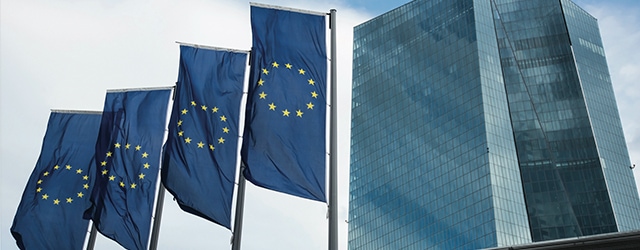Strong legal infrastructure makes region competitive despite costs.

The Eurozone has its share of economic and political woes, but attracting investment isn’t one of them.Foreign direct investment (FDI) into Europe hit a record high in 2015 with 5,083 new cross-border projects, an increase of 14% from 2014, creating approximately 218,000 new jobs, according to EY’s latest European attractiveness survey. “Despite an uncertain business environment and a variety of geopolitical risks, investors continue to see Europe as a relatively safe haven,” notes Marc Lhermitte, EY’s head of International Location Advisory Services.
David Collins, professor of international economic law at City University London, says a key feature is Europe’s well-established legal infrastructure of independent courts and strong recognition of private property—in particular, intellectual property.
EU investment treaties like the Comprehensive Economic and Trade Agreement with Canada, says Collins, provide robust protection for foreign investors, such as access to investor-state dispute settlement. “There is a good indication that the Transatlantic Trade and Investment Partnership will contain similar provisions,” says Collins. “Europe also enjoys a growing population with a high standard of living and, crucially, a well-regulated financial sector, all things which make it incredibly attractive to foreign investors.”
Not all countries benefit equally. Manufacturing, finance and business services are the main drivers of FDI, so the lion’s share goes to the UK, Germany and France, which account for 51% of all projects and a third of all jobs created. Although the post-Brexit outlook for the eurozone as a whole remains positive—some analysts predict the region could even profit from the change—a study by the London School of Economics anticipates a 22% fall in UK FDI over the next decade. UK leaders have proposed to reduce corporate tax rates.
Regional conditions such as labor costs dampen enthusiasm, particularly from countries furthest away. While investments from the Americas and the Asia-Pacific region increased by 10% and 2%, respectively, year-on-year, according to EY’s survey, most FDI projects (54%) into European countries still come from within the EU. “Europe can’t rest on its laurels,” warns Lhermitte. He points out that only 22% of survey respondents are looking to expand or set up operations in Europe. “This is down from 32% from last year’s survey,” he adds.



